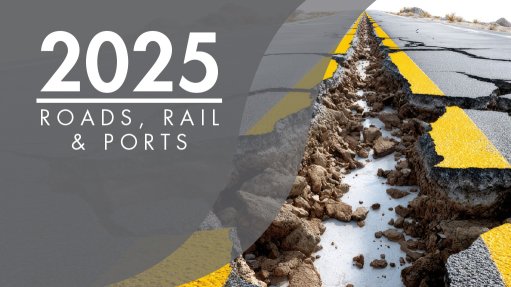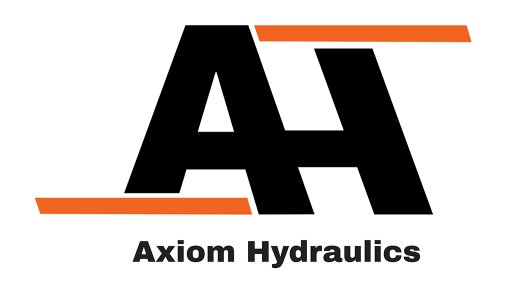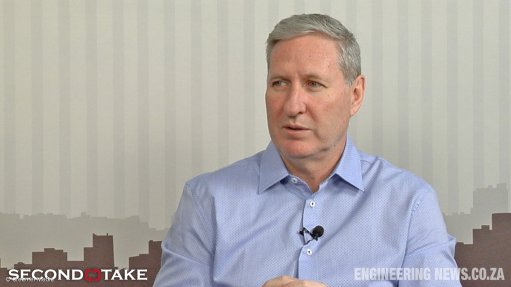New report underlines importance of improving grid infrastructure for renewables rollout
Renewable energy has the potential to provide much of the world’s energy demand, but this can only be achieved through urgent improvements in grid infrastructure and integrated planning, international policy network REN21’s latest report posits.
Last year, renewable energy hit a record high, accounting for 30% of global electricity supply, with solar and wind contributing 13% of the total.
However, simply increasing the share of renewables is not enough to shift the energy system away from fossil fuels, with REN21’s report emphasising the need for improvements in grid distribution, energy storage and system flexibility to handle the variability of wind and solar power.
These upgrades are said to be essential to fully unlock the potential of renewable energy.
Key findings from the ‘Renewables in Energy Systems and Infrastructure’ report highlight recent trends and developments in policies, deployments and technological advances related to electricity grids, energy storage and sector coupling. These advances are said to be vital for expanding the use of renewables in key demand sectors like heating and transportation.
Global grid investment reached $310-billion last year – a 5% year-on-year increase – but remains only half of the yearly amount needed, the report avers.
However, REN21 notes that a renewables-based energy system is already achievable, as demonstrated by countries such as Denmark and Lithuania, which are integrating 100% renewable electricity into their grids.
In a renewables-based energy system, electricity grids, storage and sector coupling are essential building blocks to provide a secure and resilient energy supply and integrate variable renewables such as solar PV and wind into the grid.
While expanding renewable-energy generation is crucial, REN21 emphasises that that alone is not enough to transition to a fully renewable energy system. It states that it is necessary to include transmission and distribution infrastructure, storage, flexibility solutions and all end-use sectors in energy planning.
MARKET TRENDS
By the end of 2022, 1.5 TW of renewable-energy projects were delayed owing to grid connection issues, while many regions saw renewable generation curtailed owing to capacity constraints, the report points out.
Growing electricity demand continues to strain an already overburdened system. Energy storage is also noted as crucial to the stability of grids integrating high shares of variable renewables. Utility-scale battery storage capacity grew by 120%, now totalling 55.7 GW globally.
“Grids are the backbone of our electricity systems, yet they often go unnoticed. Strategic investments in grid optimisation and expansion, regional interconnections, flexibility solutions like demand-side management and energy storage will be the foundation of a resilient renewable energy future.
Through political will, integrated cross-sectoral planning and increased investment, we can achieve a world powered entirely by renewable energy,” REN21 executive director Rana Adib says.
The report names 12 countries that are already integrating a yearly average of more than 30% of variable renewables into their electricity grids.
Denmark leads with 67% of its gross electricity from variable renewables, followed by Lithuania with 58%, and three other countries that achieved shares above 40%: Greece, the Netherlands and Spain.
Australia, Chile, Germany, Ireland, Portugal, Uruguay and the UK have also incorporated high shares of variable renewables generation, the report indicates.
Of these 12 countries, eight have also reached above 85% of maximum daily renewables penetration in their power grids (from all renewable-energy sources), three of them reaching more than 100%: Denmark, Portugal and Germany.
INTEGRATED PLANNING
To avoid bottlenecks in renewable-energy deployment, integrated planning across power generation, transmission and distribution, storage and consumption is said to be imperative.
Coupling the power sector with transport, heating and hydrogen production would create a more resilient and efficient energy system.
The report shows that the current transmission and distribution grids were developed alongside traditional centralised power generation facilities. They need to be adapted to incorporate increasingly decentralised and variable renewable power resources, and to enable demand-side management, in the context of increasing electricity demand, it notes.
The future of energy systems is said to lie in reinforcing these grids to unlock the full potential of renewables through grid optimisation and expansion, storage solutions, demand-side management, increasing interconnectivity, and coupling the power sector with other end-use sectors like transport and heating.
“Integrated planning is fundamental to building optimised energy systems and infrastructure, but it is also a way to minimise investments, the use of resources, and the environmental footprint of infrastructure. Such an approach is key to ensure societal support of infrastructure development,” Adib avers.
To ensure a successful transition to renewable energy, integrated planning across energy demand, supply and infrastructure is highlighted as critical.
Immediate investment and policy alignment also indicated to be required to scale up infrastructure such as grids and storage, as well as sector coupling to accommodate the growing demand for electricity and the integration of renewable-energy sources.
Article Enquiry
Email Article
Save Article
Feedback
To advertise email advertising@creamermedia.co.za or click here
Comments
Press Office
Announcements
What's On
Subscribe to improve your user experience...
Option 1 (equivalent of R125 a month):
Receive a weekly copy of Creamer Media's Engineering News & Mining Weekly magazine
(print copy for those in South Africa and e-magazine for those outside of South Africa)
Receive daily email newsletters
Access to full search results
Access archive of magazine back copies
Access to Projects in Progress
Access to ONE Research Report of your choice in PDF format
Option 2 (equivalent of R375 a month):
All benefits from Option 1
PLUS
Access to Creamer Media's Research Channel Africa for ALL Research Reports, in PDF format, on various industrial and mining sectors
including Electricity; Water; Energy Transition; Hydrogen; Roads, Rail and Ports; Coal; Gold; Platinum; Battery Metals; etc.
Already a subscriber?
Forgotten your password?
Receive weekly copy of Creamer Media's Engineering News & Mining Weekly magazine (print copy for those in South Africa and e-magazine for those outside of South Africa)
➕
Recieve daily email newsletters
➕
Access to full search results
➕
Access archive of magazine back copies
➕
Access to Projects in Progress
➕
Access to ONE Research Report of your choice in PDF format
RESEARCH CHANNEL AFRICA
R4500 (equivalent of R375 a month)
SUBSCRIBEAll benefits from Option 1
➕
Access to Creamer Media's Research Channel Africa for ALL Research Reports on various industrial and mining sectors, in PDF format, including on:
Electricity
➕
Water
➕
Energy Transition
➕
Hydrogen
➕
Roads, Rail and Ports
➕
Coal
➕
Gold
➕
Platinum
➕
Battery Metals
➕
etc.
Receive all benefits from Option 1 or Option 2 delivered to numerous people at your company
➕
Multiple User names and Passwords for simultaneous log-ins
➕
Intranet integration access to all in your organisation
















